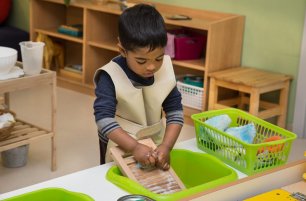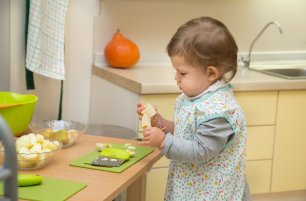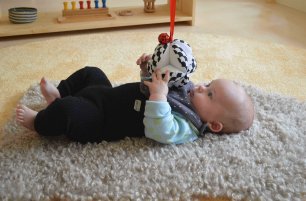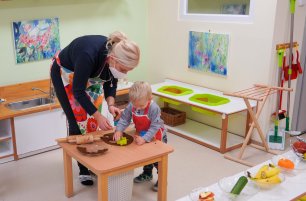Mones
Sorry, this article is only in Czech.

“The first thing to realize about these exercises of practical life is that their aim is not a practical one. Emphasis should be laid not on the word “practical” but on the word life. Their aim is to assist development.” E. M. Standing, Maria Montessori: Her Life and Work
Read more
It is often said that “the family that eats together, stays together”. We would like to suggest taking it a step further – and encourage every family to cook together, too. In Montessori, we know that kitchen work provides a host of benefits to children, all the way from toddlers to adolescents; it is a part of the Practical Life curriculum as soon as children can walk! However, its advantages are in no way tied to the classroom and can be just as easily – if not more so – applied at home.
Read more
We all know the scene: a frustrated parent, a child that refuses to listen and do as they’re told, the fight that no‑one wins.
Read more
“The greatness of the human personality begins at the hour of birth.” Maria Montessori
Read more
We know that when schools are closed and children are at home for the holidays, it can sometimes be a challenge to come up with new, interesting ideas of things to do with your toddler. Here we have compiled a list of our three favorite winter-themed activities that consist of simple steps and only require materials that you probably already have around the house.
Read more